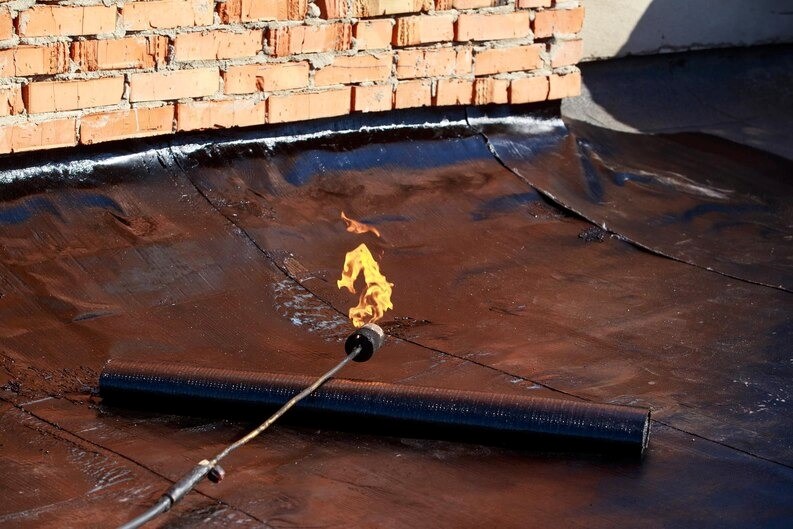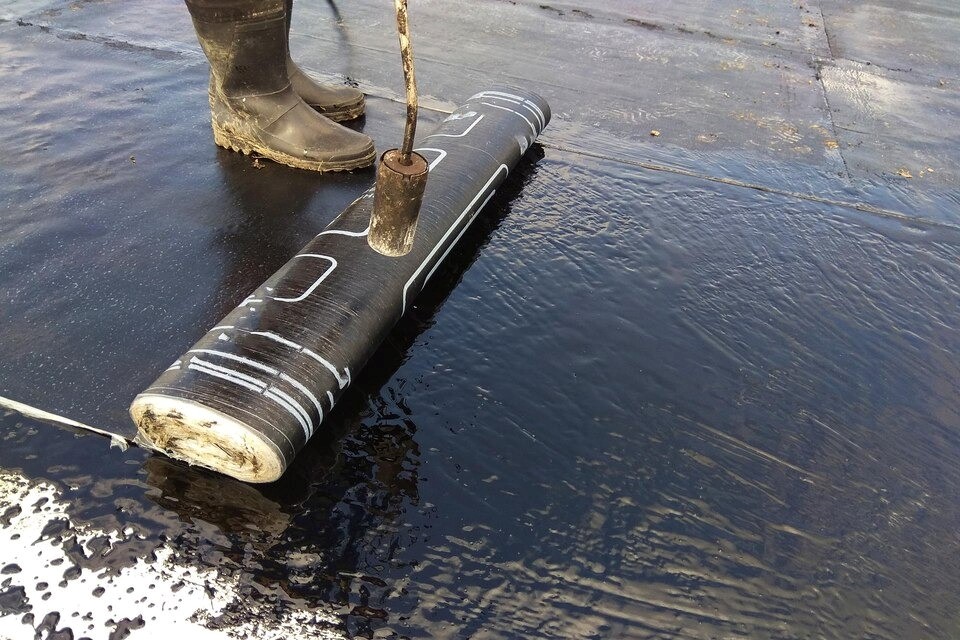
Heat Proofing in Pakistan (2024)
Pakistan has a very hot summer with temperatures crossing 40°C most of the time and even higher in major cities like Faisalabad, Lahore, Gujranwala, Gujrat, Sialkot, Rawalpindi, and Islamabad. The increasing demand for effective heat proofing solutions is essential due to rising temperatures caused by climate change. This blog will cover major reasons for heatproofing, types of heatproofing available in Pakistan, the necessity of these solutions, and practical methods to protect your buildings from the harsh summer sun. We will also address some frequently asked questions about heatproofing.
Main Reasons to Have Heatproofing in Pakistan
Temperature Control and Comfort
Without air conditioning, which is often expensive and not readily available, life during peak summer in Pakistan can be unbearable. Heatproofing improves indoor comfort by significantly lowering the interior temperature. This is achieved through reducing heat absorption and enhancing the thermal resistance of buildings. By investing in heatproofing, buildings consume less energy, as the need for air conditioning is reduced, leading to lower electricity bills over time.
Structures Longevity
Continuous exposure to high temperatures can cause expansion and contraction in building materials, leading to cracks and structural weaknesses. Heatproofing acts as a protective layer against these extreme fluctuations, thus extending the lifespan of buildings and preserving their structural integrity.
Impact on the Environment
Heatproofing contributes to eco-friendly building practices by reducing the energy needed for cooling. It aligns with sustainable design goals and helps in decreasing the overall environmental impact of buildings.
Types of Heat Proofing in Pakistan

Chemical Coatings
Chemical coatings are applied to rooftops and exterior walls to create reflective surfaces that reduce heat absorption. Elastomeric and acrylic-based coatings are popular due to their flexibility, durability, and resistance to extreme weather conditions.
Insulation Sheets
Insulation sheets, made from materials like polyurethane, polystyrene, and fiberglass, are used on rooftops and walls to act as heat barriers. These sheets lower thermal conductivity, preventing heat from penetrating the internal spaces.
Reflective Paints
Reflective paints contain pigments that reflect sunlight, reducing surface temperatures. These paints are applicable to both walls and roofs and are known for their energy-saving benefits and aesthetic appeal.
Green Roofs
Green roofs, covered with vegetation, provide natural insulation by absorbing sunlight and reducing heat entry. They also enhance air quality and biodiversity, making them a sustainable option for heatproofing.
Reasons for the Selection of Heatproofing in Pakistan
Investing in heatproofing can lead to significant savings on energy bills and prolong the life of a building. It is essential for homeowners, developers, and engineers to consider the return on investment. Although the initial cost may seem high, the long-term benefits, including energy savings and increased building lifespan, make it a worthwhile investment.
Solutions by Heatproofing in Pakistan
Heatproofing solutions should begin with a comprehensive assessment of the building's needs. This includes evaluating factors such as location, building materials, and current energy performance. A customized heatproofing plan can then be developed, incorporating appropriate materials and methods. Whether for new constructions or retrofitting existing buildings, professional expertise is crucial for effective implementation.

Frequently Asked Questions (FAQs)
How much can I really expect to save in terms of energy bills owing to heatproofing?
Savings on energy bills vary depending on the type of heatproofing, building size, and local climate. On average, heatproofing can reduce cooling costs by 30-40%.
What is the life expectancy of heatproofing solutions?
The lifespan of heatproofing solutions depends on the materials and installation methods used. Generally, good quality solutions last between 10 to 20 years, with some options like green roofs having even longer lifespans.
Is heatproofing an eco-friendly solution?
Yes, heatproofing is considered environmentally friendly as it reduces the energy needed for cooling and lowers carbon emissions. Green roofs, in particular, enhance urban biodiversity and air quality.
Can heatproofing be done for old buildings?
Yes, many heatproofing solutions can be retrofitted onto existing buildings, such as applying reflective coatings or adding insulation sheets to walls.